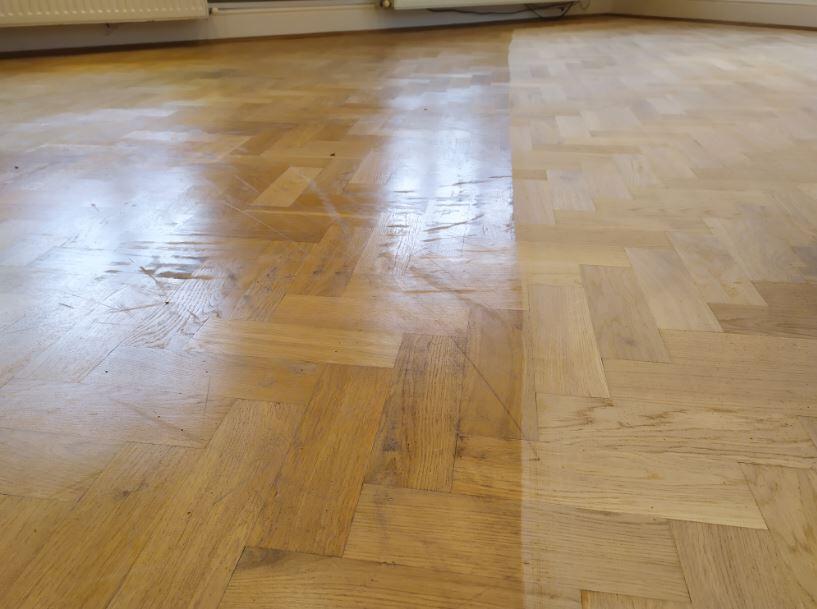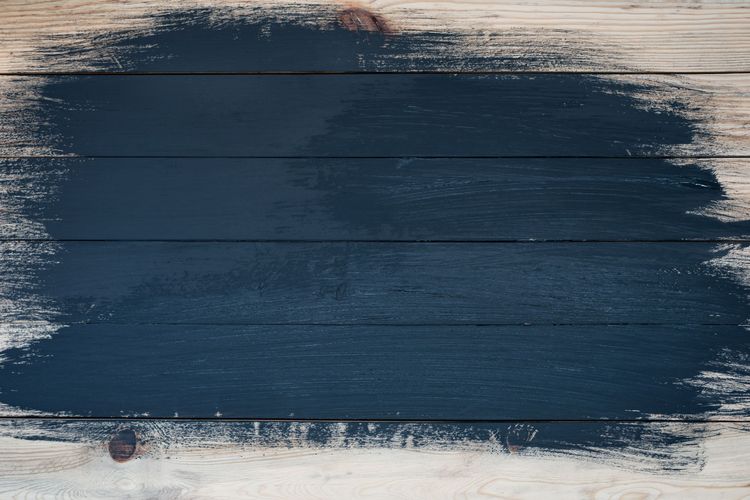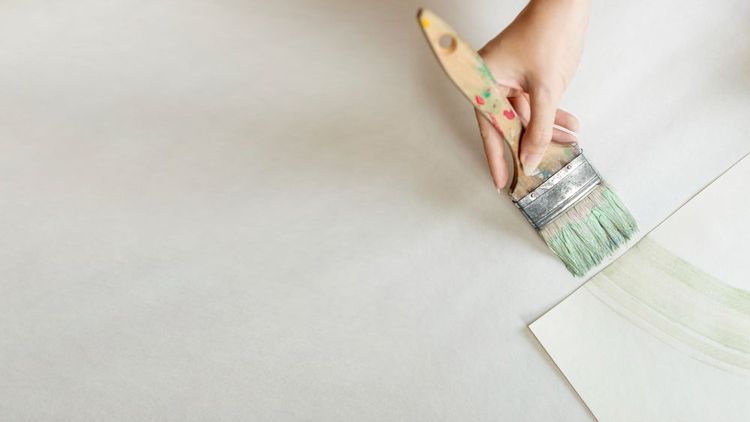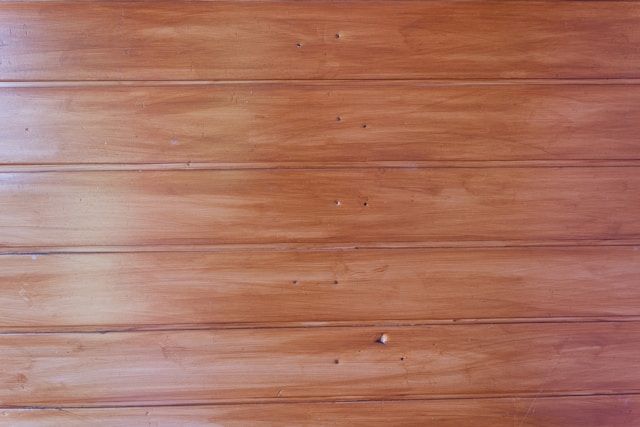Pest Alert: Protecting your Hardwood Floor Material from Creepy Crawlies

Are you struggling to reduce the rising population of creepy crawlies plaguing your home and your entire hardwood floor material? You’re not alone, for pest infestations are a common household issue. Busy homeowners find it hard to invest in upkeep and maintenance, and hardwood floors can be an attractive breeding ground for pests, insects, and termites.
That’s right. Hardwood floor comes with extensive upkeep and maintenance needs. And neglecting these needs can lead to various issues, including pest infestations. Do you spot cracks and spaces between the floorboards? In that case, it’s wise to engage the best experts for floor sanding in London and get those cracks filled right away.
Keep reading to explore some strategies to protect your hardwood floors from creepy crawlies and eliminate pests from your home.
Floor Sanding in London
Sanding hardwood floors is the best strategy to preserve its beauty, functionality, and durability. More importantly, hiring the best professionals for floor sanding in London can help eliminate pests. You see, bugs and pests find cozy little homes in the cracks and spaces between the floorboards. As the floorboards continue to wear out and deteriorate with time, the spaces grow larger, allowing creepy crawlies to enter your home and prance all over your living spaces.
Sanding the floor will fill in the gaps and cracks, covering them with a protective coating to seal the spaces and eliminate pests. Sanding is the most efficient solution to seal off all the crevices and holes that allow your hardwood floor to become a breeding ground for pests and bugs.
Hardwood Floor Material Restoration in London: Dealing with Termites
Termites are one of the most common culprits behind damaged hardwood floor material. You see, termites eat all wooden structures, from floorboards and joists to furniture, subfloors, and even the trim. Dealing with termites requires a robust and efficient response. Homeowners with hardwood flooring need to take measures to prevent dry wood and subterranean termites, however, identifying these bugs isn’t easy.
You will have to look closely to examine the floors for termite feces and discolorations. We advise investing in a robust pesticide to kill the termites and keep them away from the floor. If you suspect an entire colony of termites in your floor, pesticides are the only viable solution.
You can also work with chemicals to prevent a termite infestation in the tunnels. Any skilled wooden flooring expert would use chemicals to eliminate the termite colony in the crevices and cracks before sanding and refinishing the hardwood. Many homeowners rely on boric acid, but this process can take an entire week.
Eliminating a Beetle Infestation for protecting the best wooden floors
Hardwood floor material with cracks and deep crevices offers an ideal breeding ground for beetles to infest and grow their colonies. Getting rid of a beetle infestation isn’t easy, and requires extensive treatments, sanding, and extermination. You see, beetles lay their eggs on the surface, and after hatching, they are burrowed deep into the floor. Dealing with an active infestation is a nightmare, and it’s wise to exercise caution and prevention.
We advise hiring the best floor sanding experts in London to deal with this issue using direct chemicals and sealants. Typically, experts use boric acid and wood sealants to preserve the hardwood and eliminate the infestation.
Ants Removal in Hardwood Floor Materials
Carpenter ants are one of Mother Nature’s most skilled creations, known for their ability to chew the inside of the trees to make spectacular galleries to house their colonies. However, if these carpenter ants decide to make a home in your hardwood flooring, they will feed and damage the wood, completely destroying its shape and structure.
When dealing with carpenter ants, it’s crucial to seal off the cracks and crevices and eliminate all openings. It’s also crucial to reduce moisture and prevent any kind of dampness from settling on the floor. Experts usually work with several sealants, chemical concentrates, and equipment to eliminate colonies of carpenter ants.
Dealing with pests with the help of Wooden Flooring Experts
Dealing with pests and termites can prove immensely overwhelming. These creepy crawlies can cause extensive damages to your beautiful hardwood floor material, and at times, it’s hard to identify the signs. We advise engaging the best floor sanding experts in London without delay to fix the issue before it spreads and aggravates the damages.



